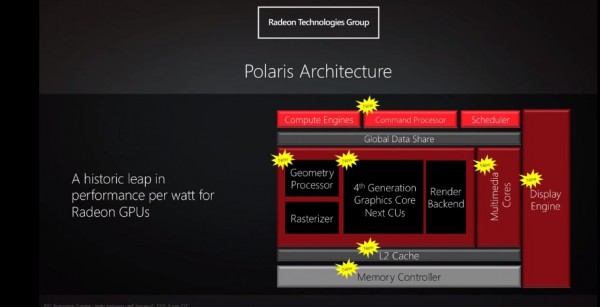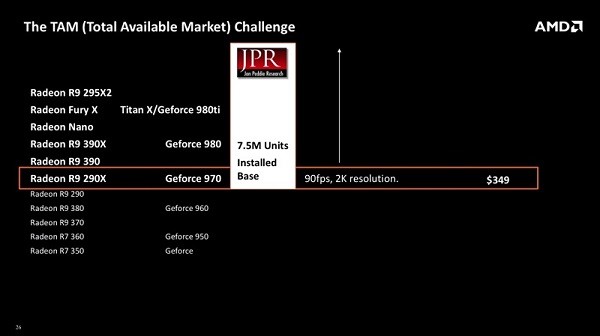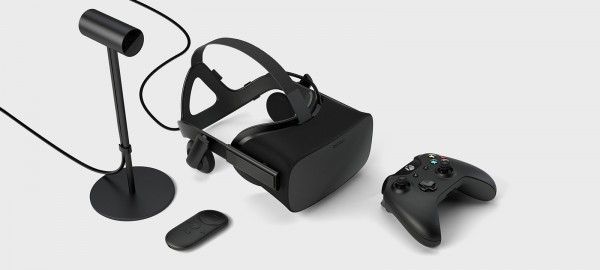
A few months ago, when the system requirements for the Oculus Rift were announced, many gamers were left speechless by the minimum requirements to efficiently power a VR headset. To be specific, one would need either a GTX 970 or a Radeon R9 290; both graphics cards currently retail for around RM1,400 and RM1,300 respectively. Fortunately, there are rumours floating around saying that AMD is working on a graphics card that would make VR gaming somewhat more affordable.
According to AMD’s head of Global Channel Sales, Roy Taylor, this is possible with the introduction of the 14nm FinFet architecture used to manufacture the upcoming Polaris GPUs. By becoming smaller and more power efficient, these GPUs will supposedly be the perfect low-cost solution for gamers that want VR gaming without the hefty price tag.

Of course, a smaller build doesn’t necessarily mean sacrificing performance. As detailed before, Polaris-based GPUs will be equipped with HBM2, offering up to 100% more memory bandwidth per chip compared to HBM1, which is currently being used inside some of AMD’s Fury graphics card series. In fact, when compared against the more common memory standard, GDDR5, HBM2 has roughly 400% more memory bandwidth per chip.
That said, the fact that AMD wants to lower down the cost barrier of VR gaming with Polaris seems unsurprising. Roy Taylor further stated that with Polaris, AMD will be able to produce GPUs that will make VR gaming more affordable for gamers. Interestingly, the reason why AMD chose to do so is due to an economics term called Total Available Market.

Essentially, Total Available Market is sort of an estimate that economists or entrepreneurs use to estimate the revenue opportunity that a product or service may hold. In the case of AMD, the company knows that if the minimum graphics card requirement for VR gaming isn’t lowered, then VR gaming would need a long time before becoming a standard. This is particularly true when looking at the sales numbers of both the GTX 970 and Radeon R9 290, which sold about 7.5 million units. While this may seem a lot, these numbers would be much higher if these graphics cards were more affordable.

If AMD does take advantage of VR gaming’s Total Available Market, one would assume that many consumers would turn their heads to AMD for a more cost-effective graphics solution. Despite this, gamers must accept the fact that the cost to run gaming VR headsets on a PC – especially in its early days – won’t be significantly reduced, despite AMD’s efforts. Then again, it’s good to see at least one company understanding the issue that many gamers with shallow pockets face.
(Source: WCCFtech)
Follow us on Instagram, Facebook, Twitter or Telegram for more updates and breaking news.



